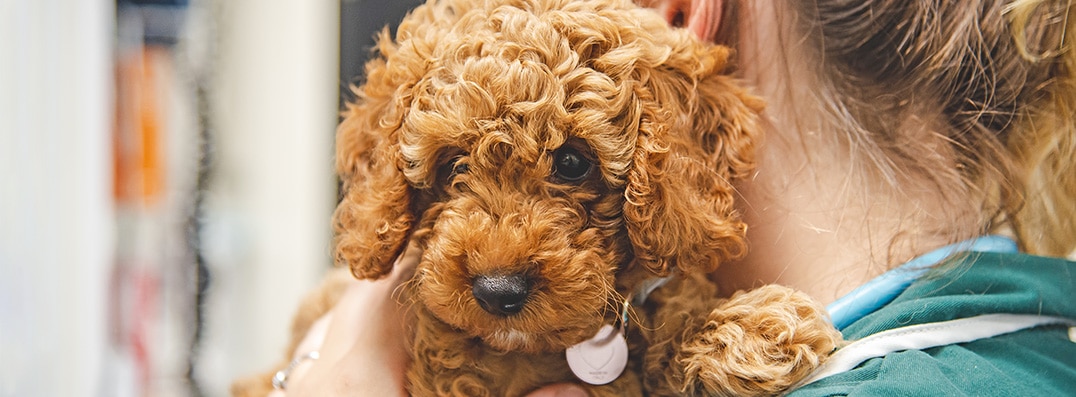For eight to twelve weeks following surgery, a strict confinement regime is required with three important principles.
-
An animal can be inside, on carpeted surfaces, under your direct supervision. He/she can wander around the room at a slow walk as long as it is not constant. Running, jumping, bounding, playing, etc., are not allowed.
-
An animal must be on a leash at all times when outside for airing and going to the toilet. If he/she has to cross slick floors or uneven ground, you need to use a "belly-band" in case it slips or stumbles. The "belly-band" is not used for support but rather as a safety net to protect your pet, an animal is not allowed to be off lead when outside or to go for an actual walk.
-
When not under your direct supervision, he/she is to be confined in a small room.
-
Older animals will need a longer period of confinement, usually around twelve weeks.
General Information:
- There may be an adhesive dressing covering the wound. If this becomes soiled or loose it can be removed straight away and the wound left uncovered.
- After a TPLO dogs often develop a soft, non-painful swelling around the joint under the wound; this should absorb in 2-3 weeks. However, please observe the wound for swelling, discharge, redness and pain; if you see this or are concerned about the wound at any point, contact your vet immediately.
- Playing with other animals is not allowed during confinement. If there are other pets in your household, you will need to keep them separated.
- During confinement, his/her food intake needs to be reduced to help prevent weight gain. Most dogs will maintain their current weight if their food intake is cut in half. Water consumption should remain normal.
- The first two weeks following surgery you will need to monitor the animal's wounds. Licking or chewing can cause infection or sutures to loosen. If you notice that your pet has started licking, you will need to take steps to discourage it from doing so.
- It takes a minimum of six to eight weeks (twelve for older animals) for bones to heal.
- One of the most difficult aspects of confinement is that dogs will frequently feel better long before they are healed. At this point they will start being more careless of the operated limb and then more likely to be overactive and injure themselves. Until the bone is healed, you must adhere strictly to the confinement guidelines and not allow him/her to do more.
- If he/she is jumping or bouncing in his/her confined area, he/she is being too active. Tranquilizers may be required to help alleviate your pet's anxiety or control his/her activity. If you think these maybe necessary please discuss this with a vet.
- If at any time during his/her recovery and healing he/she does anything that causes him/her to cry out or give a sharp yelp, contact your vet.
- If at any time during your pet's recovery and healing he/she has a set back or decrease in function, contact your vet.
- It is imperative that you inform your vet at once an animal does something that is potentially harmful to the surgery. If something has occurred which jeopardizes the outcome of surgery, it is usually less difficult to correct if it is caught right away, which leads to a better outcome for your pet.
- If an animal is too active during his/her confinement it may cause injury, or slow healing, which increases the amount of time he/she must be confined.
- Suggested limits are:
- short lead walks for 5 minutes 3-5 times a day for the first 4 weeks
- Followed by a gradual increase to approximately 10-15 minutes by week 8. - X-rays are taken under general anaesthesia at a period of time post operation (this will be advised by the vet) to ensure the bone is healing. The cost of these x-rays will need to be paid for at the time.

